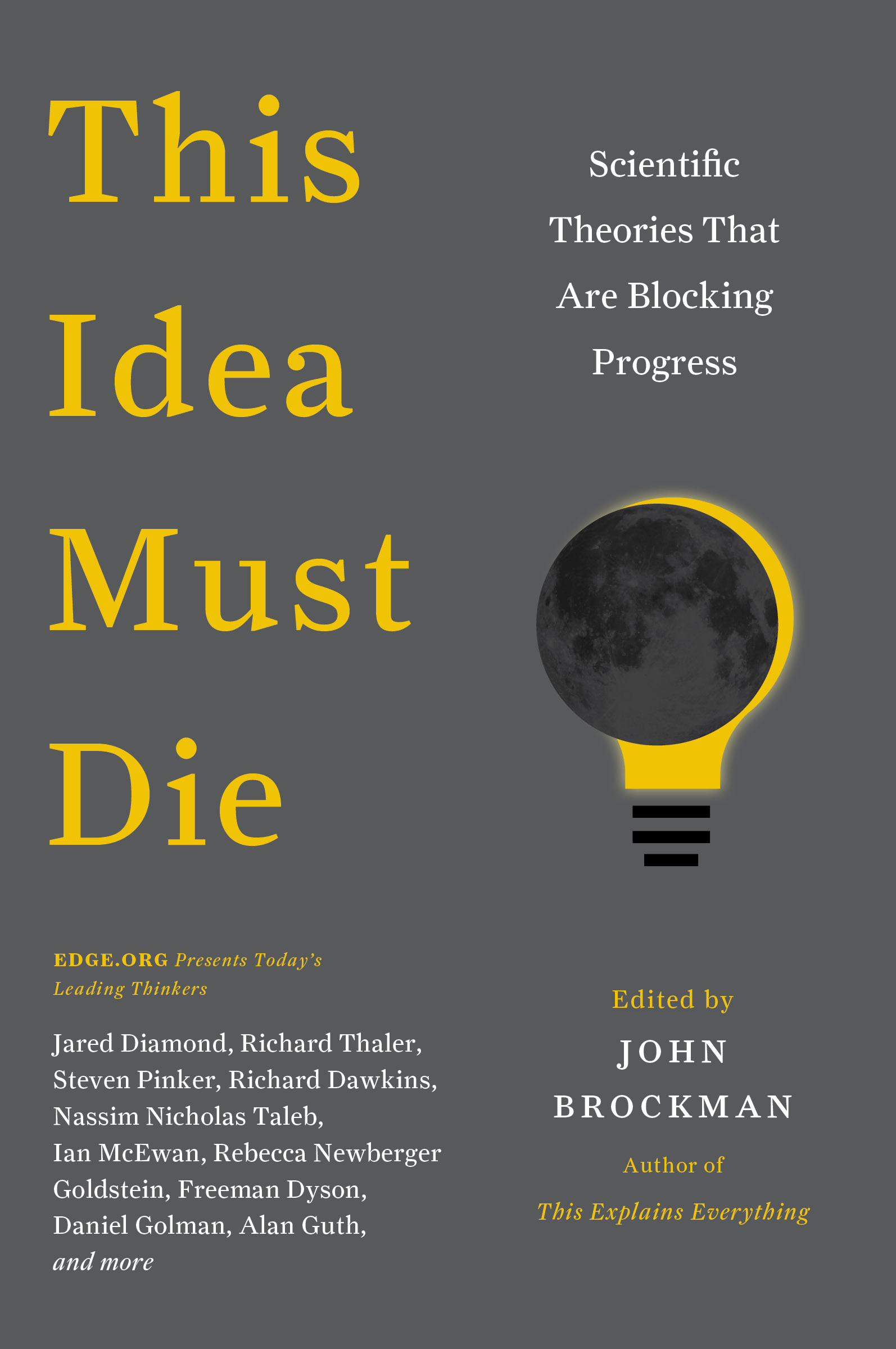Annual Question:
Climate change is an enormous challenge. Rapid decarbonization of manufacturing, electricity generation and transportation is critical and may become a crisis because of non-linear effects. 2015 brought not-widely-disseminated news of the commercial availability of three substantial scientific breakthroughs that can significantly accelerate decarbonization.
1) Decarbonizing Concrete; Commoditizing CO2
After water, concrete is the most widely used material in the world. The manufacture of Portland cement for use in concrete accounts for up to 5 percent of global anthropogenic emissions. A new “Solidia cement,” invented by Dr. Richard Riman of Rutgers University, can be made from the same ingredients as Portland cement and in the same kilns but at lower temperature while incorporating less limestone thus emitting substantially less CO2 in its manufacture. Unlike Portland cement, which consumes water to cure, this new cement cures by consuming CO2. Concrete products made from this new cement have their CO2 footprint reduced by up to 70 percent. Thousands of tons of the new cement have been manufactured and 2015 brings news that large manufacturers are now modifying their factories to use it—rather than Portland cement—to make concrete; its widespread adoption would multiply the demand for industrial CO2 substantially, creating a strong economic incentive for CO2 capture and reuse.
Previous attempts at introducing radically low-carbon cements have all failed to scale—because they required raw materials that were not ubiquitous, necessitated new and expensive capital equipment, and/or because of the large range of material properties required by regulation or for specific applications. Despite overcoming these problems and having lower cost and better performance, rapid adoption in an existing infrastructure requires adoption to be incredibly simple—in this case by changing only a single step of the manufacturing process to cure with CO2 rather than water.
Can we similarly expect to reduce the CO2 footprint of other high-embodied-energy materials such as steel and aluminum while reusing the existing infrastructure? A decade-long search found no suitable candidate breakthroughs, so these decarbonizations may unfortunately require a much slower process of redesigning products to use lower-embodied-energy materials like structural polymers and fibers.
2) Scalable Wind Turbines for Distributed Wind
More than a billion people, mostly in rural areas in the developing world, lack access to a reliable grid and electricity—it matters greatly whether they will get electricity from renewables or fossil fuels. Wind turbines today are the cheapest renewable but only in very large multi-megawatt Utility-Scale units unsuitable for distributed generation (DG); at smaller sizes the performance of existing wind turbine designs degrades substantially. A new type of shrouded wind turbine, invented by Dr. Walt Presz and Dr. Michael Werle of Ogin Energy, saw its first multi-unit deployment at Mid-Scale (100kW-rated range) in 2015. This new turbine’s shroud system pumps air around the turbine so that it is efficient at both Mid- and Small-Scale sizes and at lower wind speeds, thus supporting DG and microgrids.
A recent analysis shows Utility-Scale Wind the cheapest renewable with unsubsidized cost at about $80/MWh, Solar PV at about $150/MWh; conventional Mid-Scale Wind is $240/MWh—too expensive to make a substantial contribution. The new shrouded turbines provide electricity at half the cost of the conventional Mid-Scale turbines today, and will be cost-competitive with Utility-Scale Wind when they are in volume production.
We need to deploy enormous amounts of renewables to fully decarbonize electricity generation and enable the necessary decommissioning of most of the existing fossil-fuel consuming generating equipment. Wind can be deployed extensively much more quickly, safely, and cheaply than the often proposed scale-up of nuclear energy, and can be combined with grid storage such as batteries to make it fully dispatchable. If we get serious about decarbonization, Small- and Mid-Scale turbines can be quickly scaled to high-volume production using existing manufacturing infrastructure, much as was done for materiel during WW II.
Having cost-effective wind at all scales complements Solar PV and, with grid storage, completes a portfolio that can further accelerate the already dramatic trend towards most new electric capacity being supplied by renewables.
3) Room Temperature Ionic Electrolyte for Solid State Batteries
Current lithium-ion batteries use a flammable liquid electrolyte and typically incorporate materials that further increase the fire danger. Most contain expensive metals such as lithium, cobalt, and nickel. 2015 brings publication of the existence of a new polymer electrolyte, invented by Michael Zimmerman of Ionic Materials, that is the first solid to have commercially practical ionic conductivity at room temperature. The polymer is also inherently safe, self-extinguishing when set on fire. It creates a substantially different chemical environment than a liquid, supporting novel and abundant cathode materials such as sulfur, which is high capacity, light, and inexpensive, and novel and inexpensive metal anodes, thereby supporting multivalent species such as Zn2+. Many desirable battery chemistries, infeasible with liquid electrolytes, are newly possible.
This scientific breakthrough, shown only in the 2030’s on most battery-industry roadmaps, has long been desired because solid batteries can be substantially cheaper, safe, and store more energy. Solid polymer batteries can be manufactured using mature and inexpensive scale-manufacturing equipment from the plastics industry.
15 percent of global CO2 fossil fuel emissions result from wheeled transportation. India and China’s fleets will grow substantially in the years ahead; whether energy for these additional vehicles is provided by renewables or fossil fuels will make a significant difference in global emissions. Low cost, safe and high-capacity batteries can greatly accelerate the electrification of transportation and these fleets beyond the current modest projections.
In the 21st century we need to stop combusting fossil fuels. Electrochemistry—both better batteries and fuel cells—has far greater potential than is generally realized and can displace most combustion.
There are other gas- and liquid-based technologies that we can hope to convert to solid-state to reduce their CO2 impact, such as cooling which generally uses a liquid-gas phase transition today. I hope that the future brings news of a solid-state cooling breakthrough that, like the above technologies, can be quickly taken to scale.















